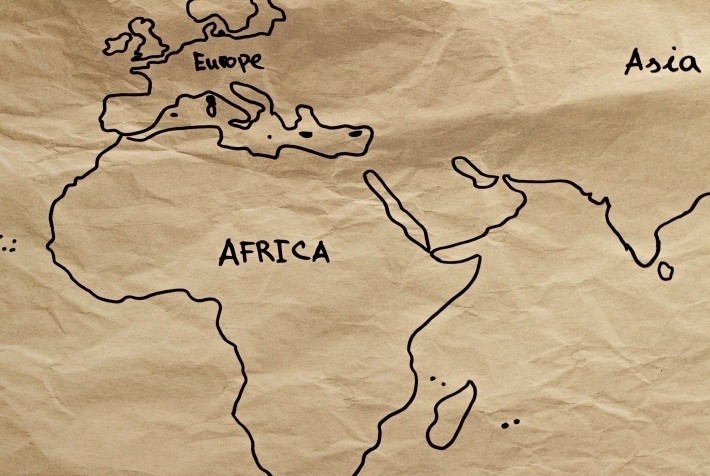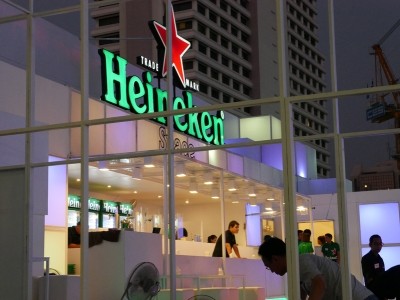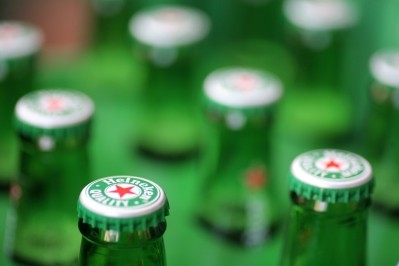Perspectives on Africa and Asia: Understanding these growing beer markets

Cultures vary greatly across African nations, while regulations and duties make some Asian markets more attractive than others.
Against the backdrop of a global beer CAGR of just 1.6% (2008-2014, volume), Africa and Asia show more impressive growth of 6.4% and 4% respectively, according to figures from Canadean.
Relatively low per capita consumption, and huge populations, make the two regions attractive prospects for beer brands.
Johan De Smet-Van Damme, chief commercial officer of UNIBRA (Africa); and Hans Greiner, regional manager Asia Pacific for Harboe Brewery, shared their insights of each market at the Canadean International Beer Strategies Conference in Brussels this month.
Africa: Long term prospect
In Africa, the majority (90%) of the market by volume is covered by four players: Guinness (Diageo), Heineken, Castel, and SABMiller.
UNIBRA has the trademark ownership for SKOL in Africa. For De Smet-Van Damme, key attractions of the African market include the sheer size the population will reach in the future, and the current low consumption “that can only go up.”
But his first piece of advice is that Africa is not a short-term commitment. “Africa is a long term thing,” he said. “For those who think you can go to Africa and say, ‘Tomorrow we make money,’ I think you should forget it.
“Africa is for the future, with the growth in population being the biggest driver.”
The second key to the market is to understand that there is no such thing as one ‘African’ market.
“Africa is a conglomeration of different countries, of different habits, of different cultures,” he said. “If you go to Africa, Ethiopia for instance has 85 different cultures. It’s extremely difficult to find something that works for 85 different cultures. So whenever you go Africa, you need to keep this in mind.”
The African market can be broadly split into three regions. In North Africa, religion is a big part of the culture, a lot of volume is imported, and consumers don’t place much importance on brands.
Central Africa is a basic market, and looks to Europe for innovation and trends, while Southern Africa is a developed market, looking to the US for innovation and driven by quality.
A lack of infrastructure, and expensive transportation costs, are a key challenge in many countries.
Entering a new country or market should be done firstly with market research, then by visiting the country, and then finding a good local partner, concluded De Smet-Van Damme.
Asia: duties and taxes
Harboe is a Danish brewery that exports to 90 countries. Hans Greiner, regional manager Asia Pacific, says that – like Africa – the sheer population size makes Asia an attractive market: 2.5bn people excluding India and western Asia.
“Asia is a very fascinating area, different languages, different cultures, different habits, and no country is the same as the other,” he said.
Asia can be divided into three market categories: Countries with demand and which offer a platform for growth; development markets; and closed markets that are difficult to work but could hold potential for the future.
Harboe puts its focus on the first category of countries with demand. Such countries include China, Vietnam, and South Korea.
“Local beers are concentrated on a few big players. People are really looking for something new, something different. And there are a growing number of consumers,” he said.
Both China and South Korea have growing volumes of imported beer volumes.
“The new middle class, these are the people who will be the new beer consumers,” said Greiner. “In 2006, when you had an imported beer in China, it was a luxury good, not everyone could afford it. Now, in big cities, the young people, even the students, they can afford it and they are buying it.”
Online sales are ‘a new ocean’ for imported beers, with an established system in China.
Developed markets in Asia include Taiwan, Japan, Hong Kong and Singapore.
“It’s not easy to enter those markets, you really have to find your small niche,” said Greiner, pointing to the variety of beer brands and products that already exist in these markets, and the low increase in volumes.
Closed markets are those that face challenges such as high duties and taxes, unattractive volumes and a limited number of consumers. Examples include Thailand and Malaysia.
But countries in this category are still worth watching, said Greiner: rules and regulations may change in the future, and there may be niches to explore.
Top tips for Asia
Companies must be aware of all the regulations for each different market: whether it’s regarding documentation, labelling or import rights, said Greiner.
It’s also important to spend time in the country to understand the market and find the right product to suit consumers.
And finding the right partners is a key to success, said Greiner. “We really rely on the partnerships we have there, it is so important to have the right one.”










